The debate over the National Hot Rod Association’s Funny Car tethering system has another storyline as veteran car owner and crew chief Jim Head revealed to CompetitionPlus.com that he is working on safety fixes to address the unintended consequences of the rule. The current system was mandated in April 2013 after Robert Hight’s engine explosion at the Charlotte Four-Wide Nationals launched bodywork outside the racing surface, prompting NHRA to require a dual front-latch and ballistic tethers.
While the tethers have succeeded in keeping bodies attached to the chassis, drivers now face new risks. Explosions have left some racers unable to see through collapsed fiberglass or forced them to steer with car parts intruding into the cockpit. The issue took on urgency after Buddy Hull’s Sonoma Nationals crash in July, when debris ended up in his lap and injured his hand. Hull has not raced since.
After Sonoma, where multiple drivers publicly complained, tensions briefly eased when Brainerd and Indianapolis passed without incident. However, the controversy resurfaced when Matt Hagan suffered an engine failure last weekend at the NHRA Nationals at Maple Grove Raceway, renewing his criticism that the system could cost a driver’s life.
Head, a Hall of Famer known for innovation, is pursuing new ideas he believes can reduce the hazard.
“The first thing I’m doing is I have two new bodies coming and they’re going to have monstrous burst panels,” Head said. “Bodies won’t raise up if you let out the pressure. Common sense.”
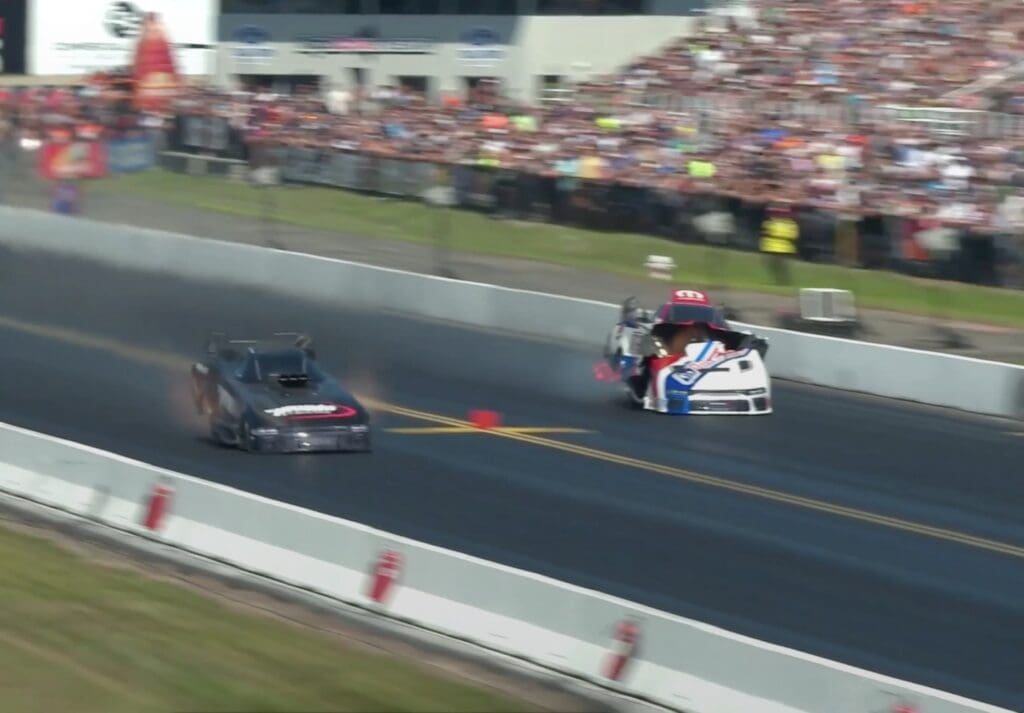
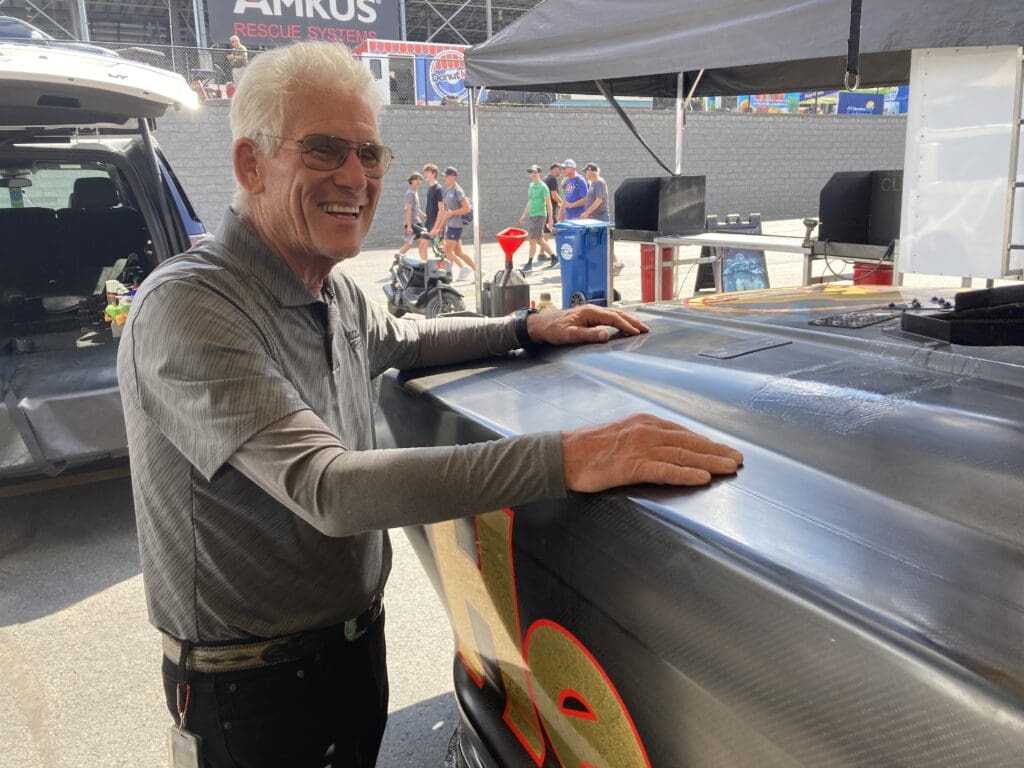
He added that existing modifications have not gone far enough.
“I was disappointed when Hagan’s car, who’s got some bigger panels, mine twice that big, my new ones,” Head explained. “So, I’m hoping that’s going to really, really help.”
Head also credited fellow team owner and tuner Tim Wilkerson with suggesting firewall changes as another potential fix. He believes redirecting pressure away from the front of the car could prevent the violent upward blasts that destroy bodies and blind drivers.
“I think we can change the firewalls,” Head said. “We have to let the pressure out from under the car so they won’t blow the body up, straight up.”
Even as he criticizes the current outcome, Head was adamant he will not field a Funny Car without tethers.
“Jim Head will never race a car whose body can go in the stands,” he said. “I ain’t going to hell for hurting somebody in the stands.”
Head acknowledged the drivers’ frustration with vision-blocking wreckage but noted the hazard isn’t new.
“Firewall’s not the only thing that makes you blind in a funny car,” he said. “But we need to work on it.”
.
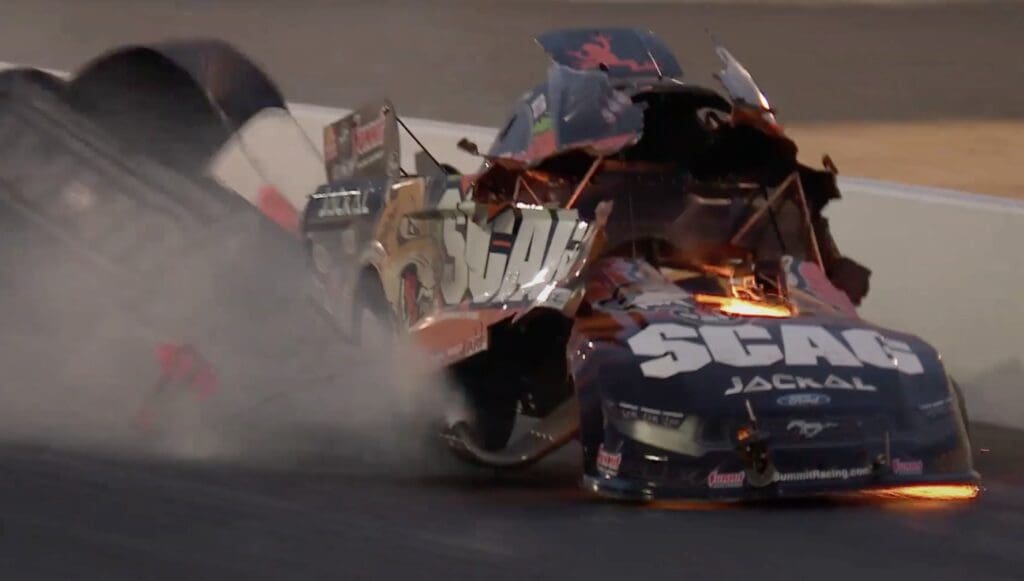
Head also emphasized his responsibility as an owner and crew chief to continue developing improvements until visibility and safety can be balanced with fan protection.
He framed the controversy as a classic case of an intervention creating secondary risks.
“I’m not mad at the tethers. They fixed a problem,” he said. “But it’s a law of unintended consequences — to fix one problem, another problem pops up.”
He credited the system for stopping bodies from leaving the car, but said the pendulum has swung toward making the cars “pretty dangerous to drive.” His path forward is to retain tethers while preventing bodies from lifting high enough to block a driver’s view.
“Leave the tethers on, just don’t let the bodies come up,” Head said. “My thoughts.”
Head also defended Hagan’s raw post-run comments as an understandable reaction from a driver stepping out of a damaged, burning car.
“Let me tell you, you just get out of one of these son of a bitches having done that, you’re just likely to say anything,” Head said. “Having been there, done that, you’re just like saying anything.”
The broader challenge for NHRA and its teams is balancing fan protection with driver survivability and control in the seconds after a catastrophic failure. Teams want a collaborative process that allows builders and veteran tuners to prototype solutions without compromising the prime directive of keeping debris out of spectator areas.
Head also questioned whether NHRA officials have the technical context to dictate a final fix without deeper collaboration from teams.
“They can’t figure any [of it] out. They’re not smart enough,” he said. “I don’t mean that derogatorily. If you’ve never raced my car, how do you know how to work on my car?”
The Funny Car ranks are living with a fix that solved one problem and created another, and the pressure for answers is only building. For Head, the path forward is simple: keep the fans safe but let the racers help shape the solution.
“We can help them if they’d work with us,” he said. “We’re smart enough, we meaning crew chiefs that have been doing this for years, years, and years.”





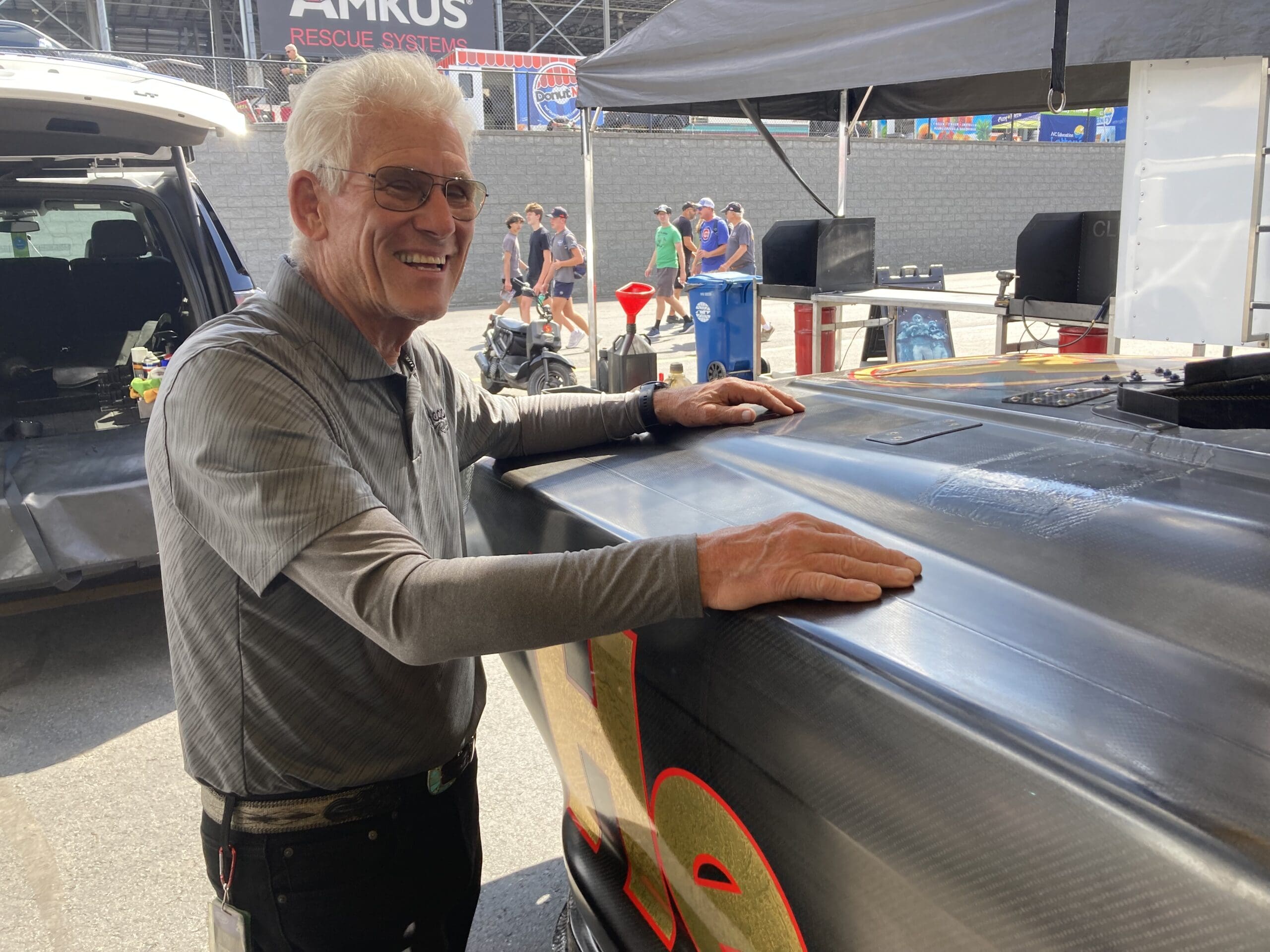










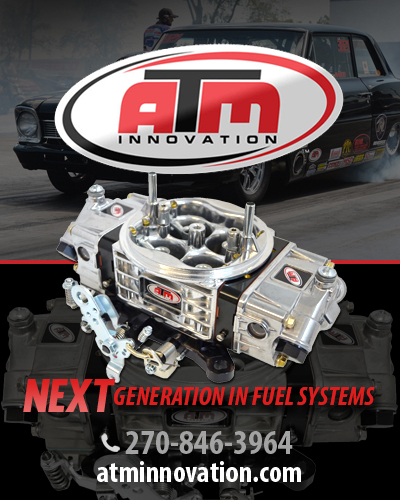



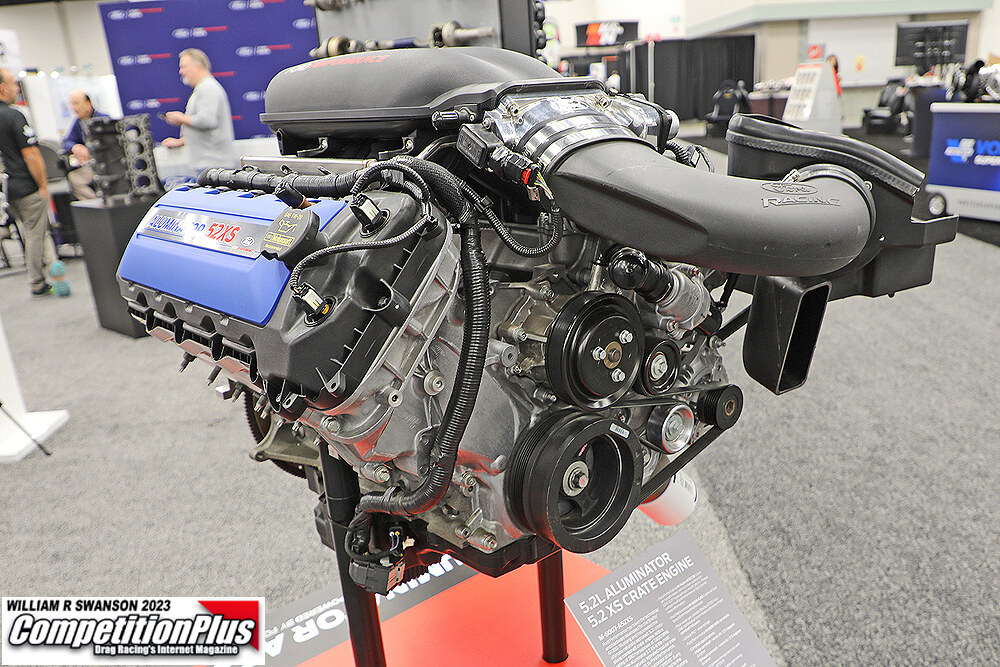

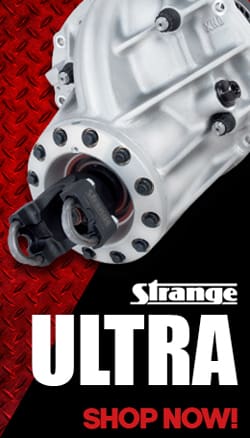









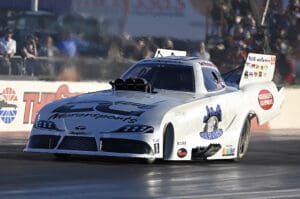
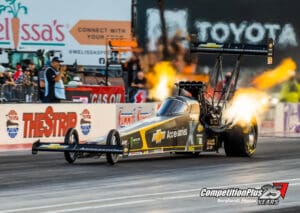
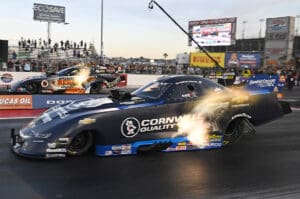
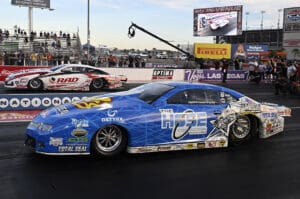


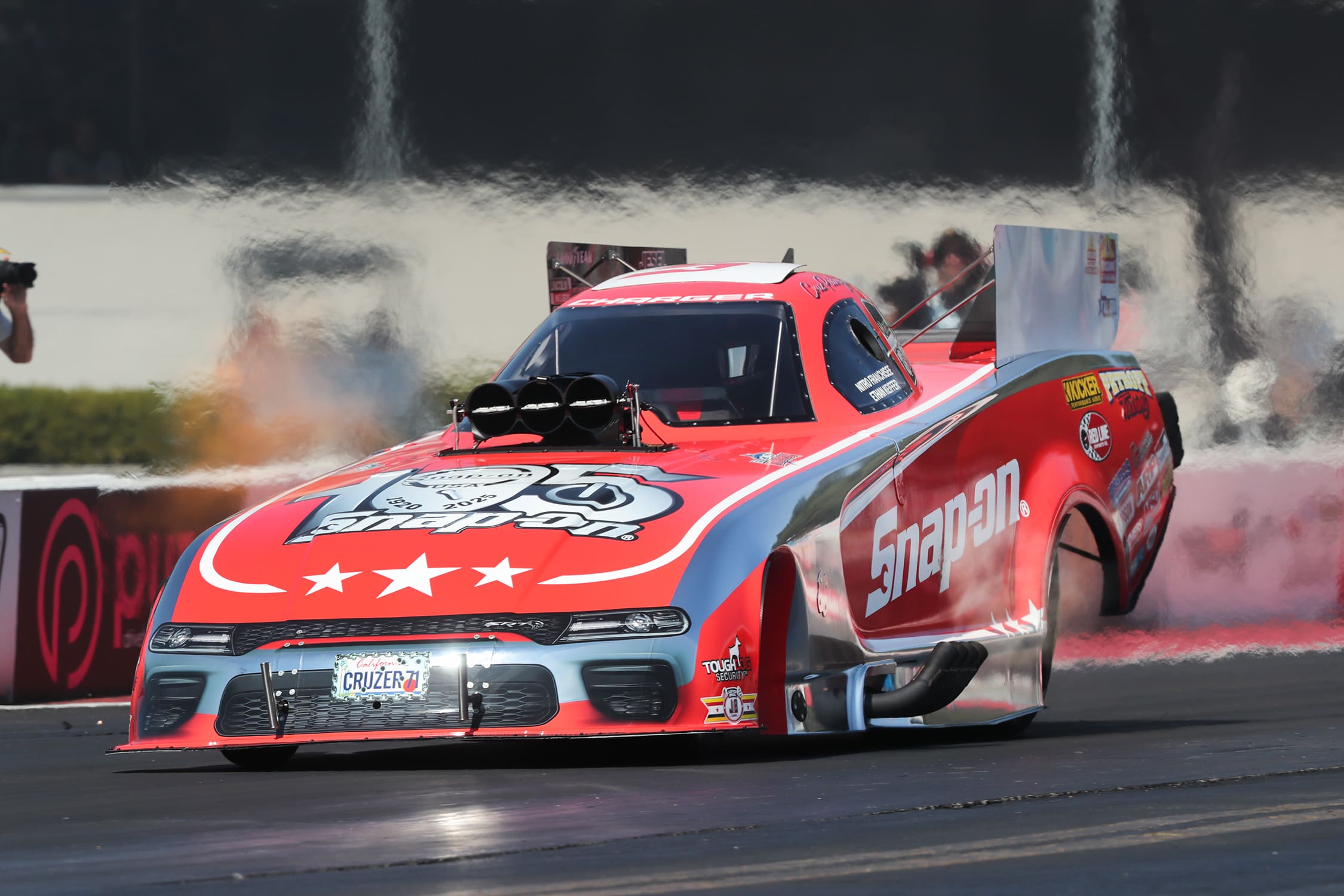

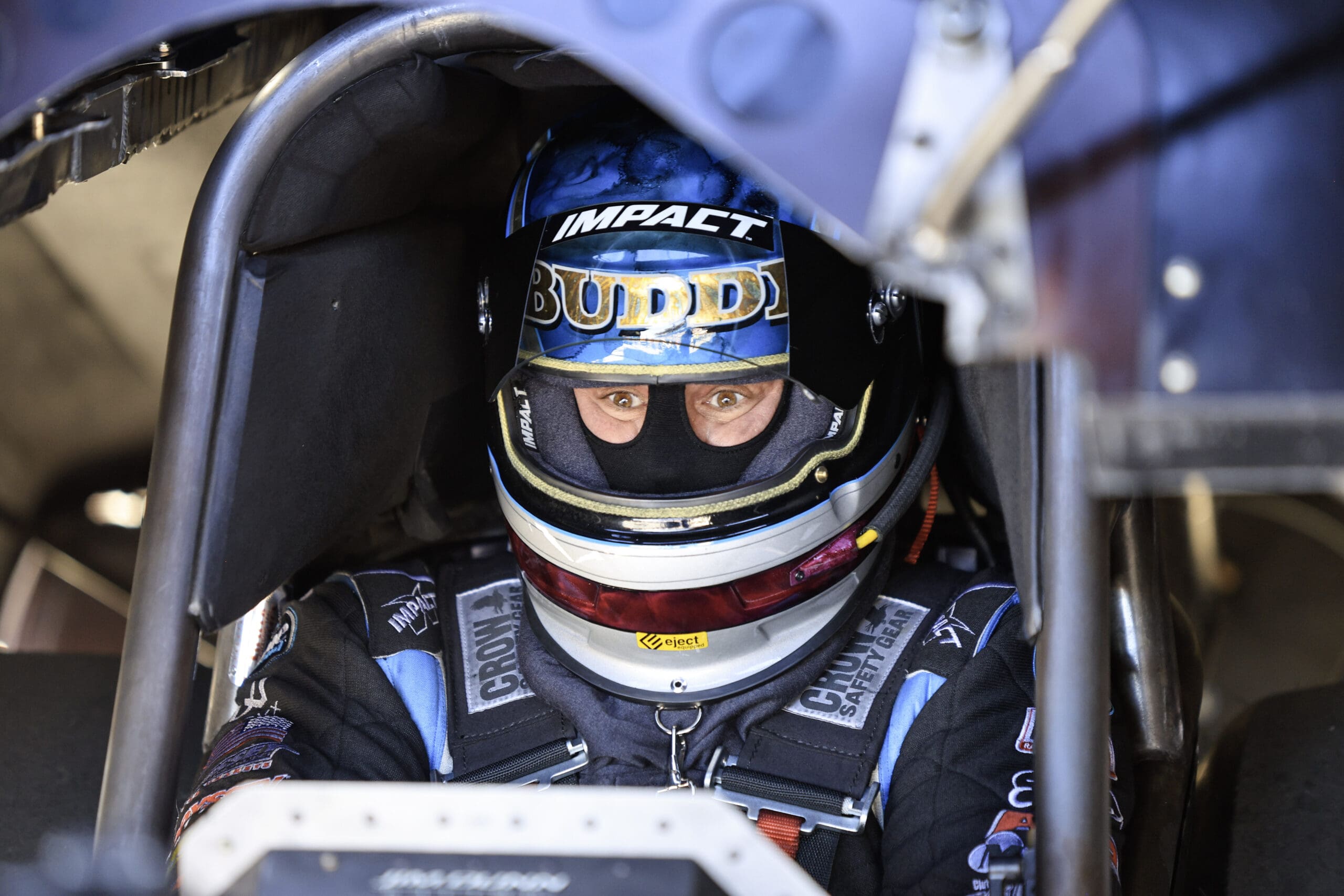
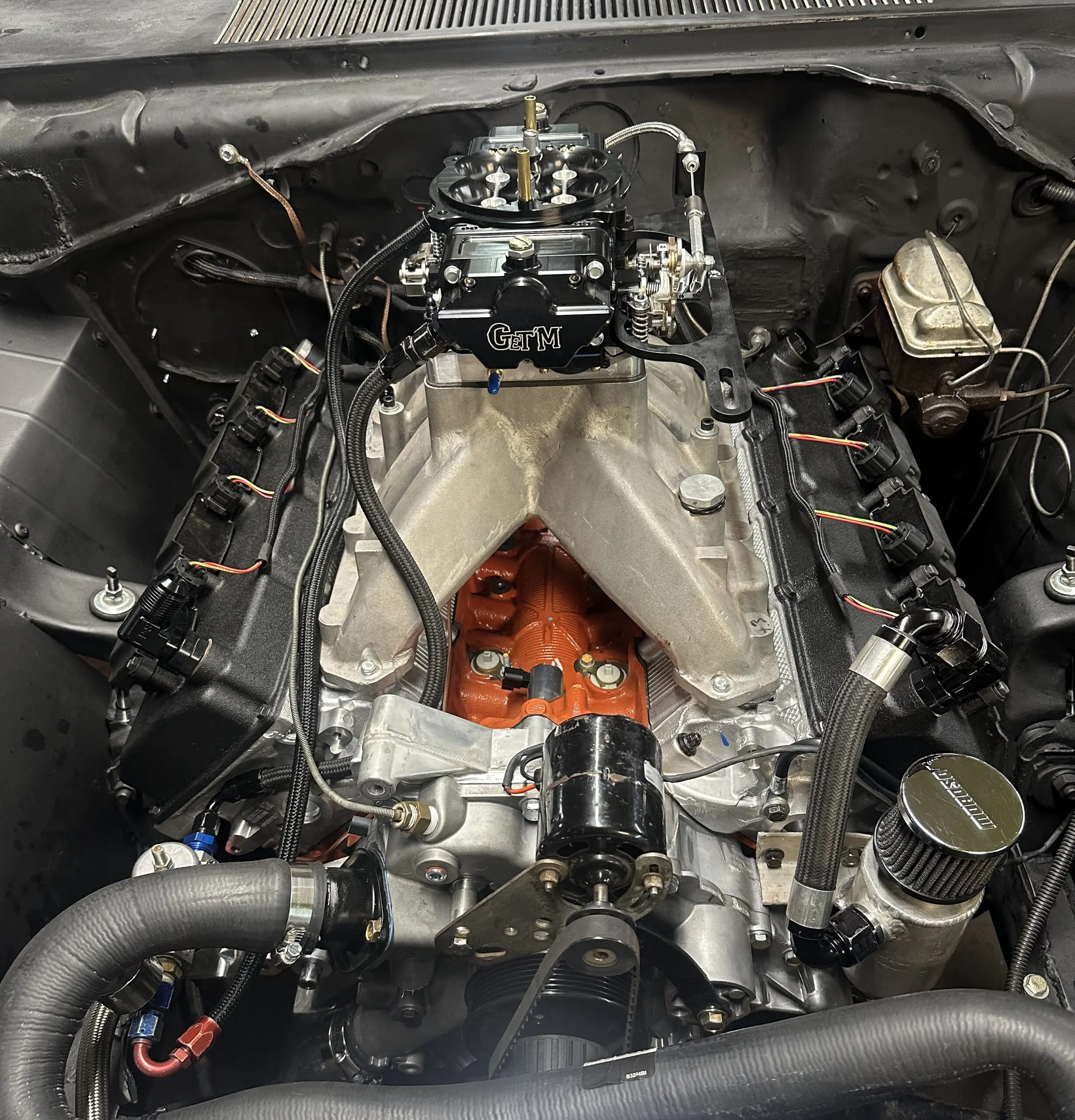
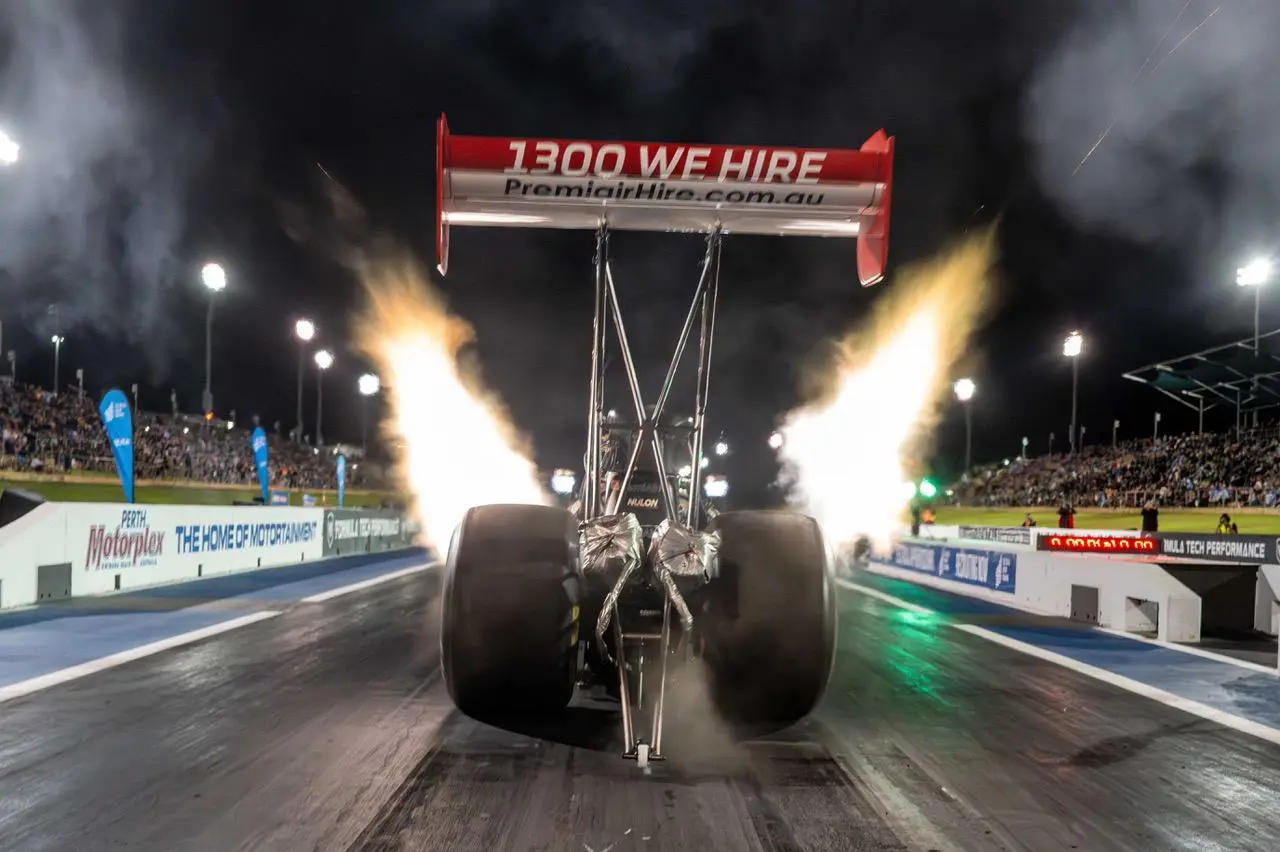
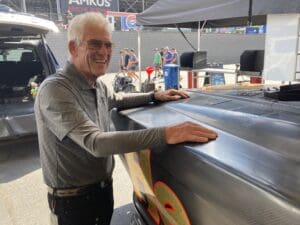
NITRO IN THE BLOOD: HOW THE CAPPS FAMILY TURNED SIBLING RIVALRY INTO A LIFETIME PURSUIT